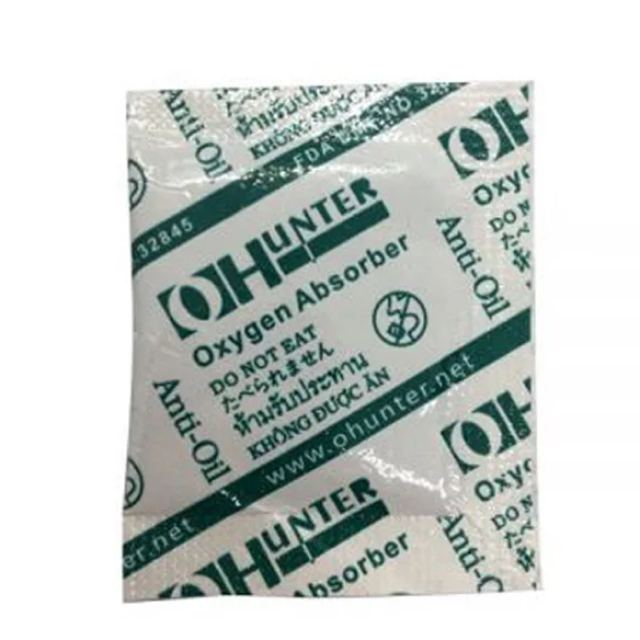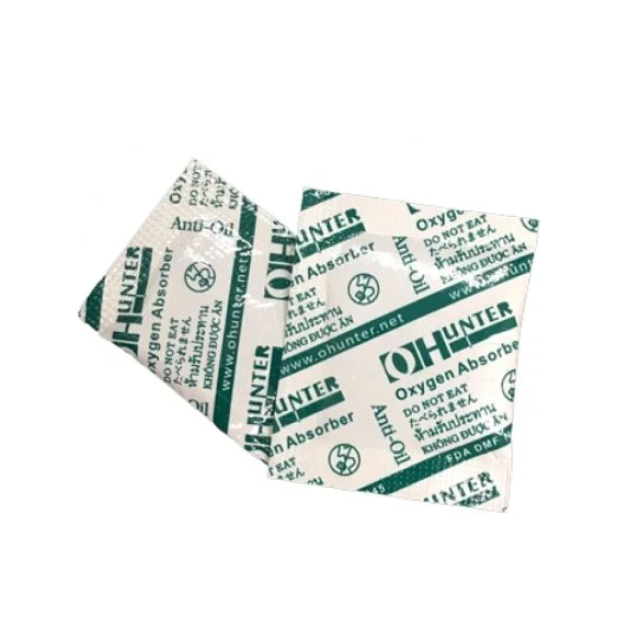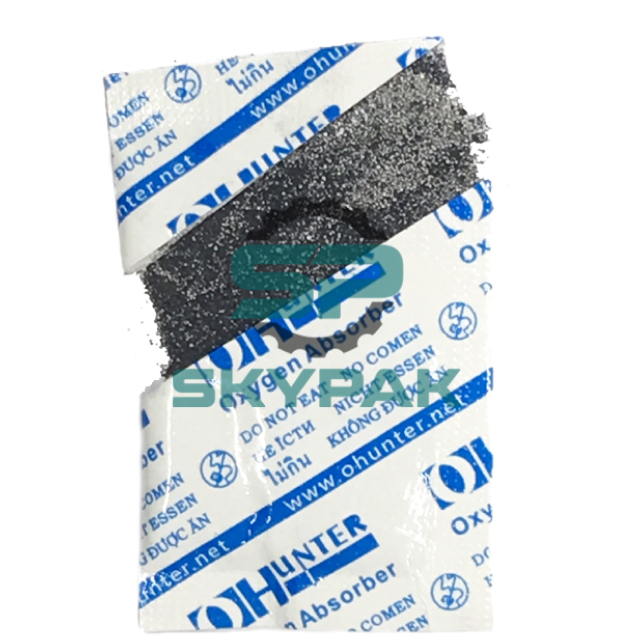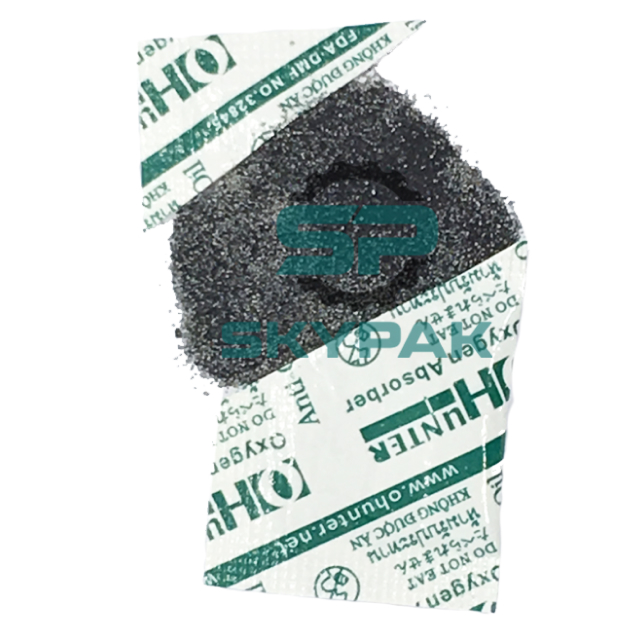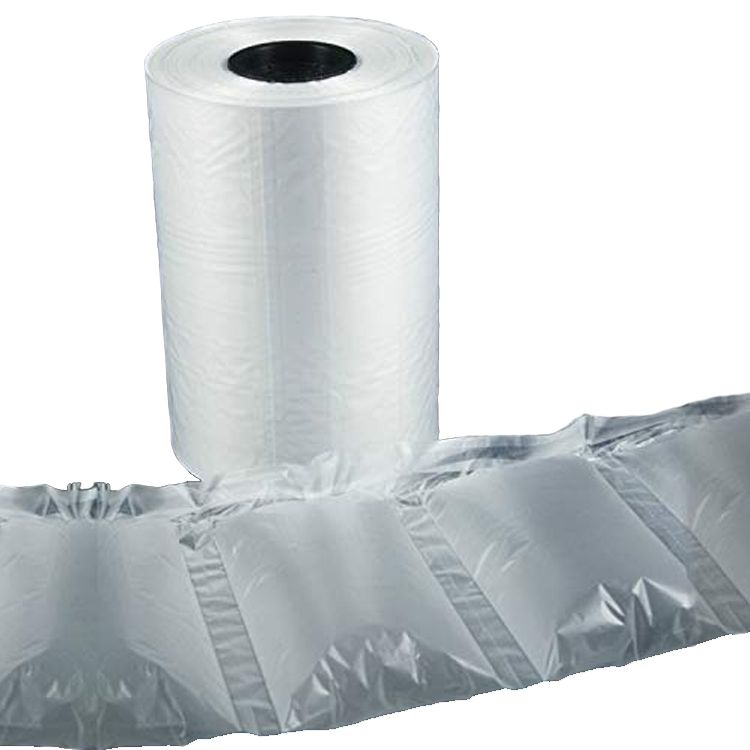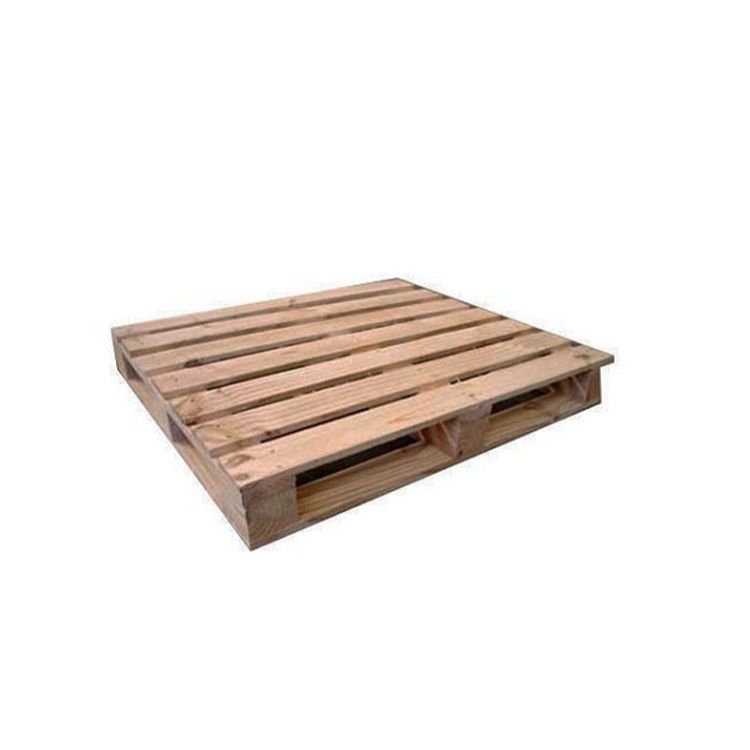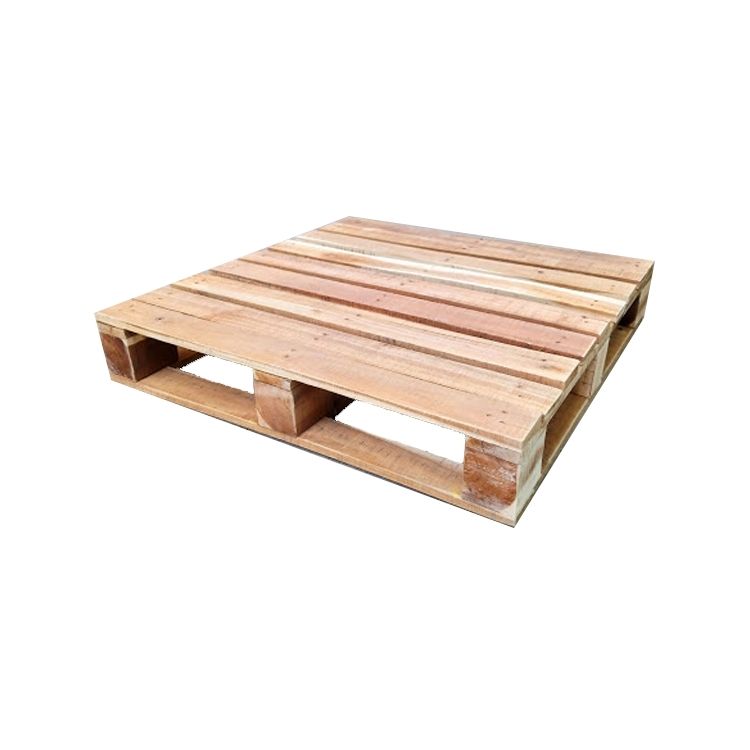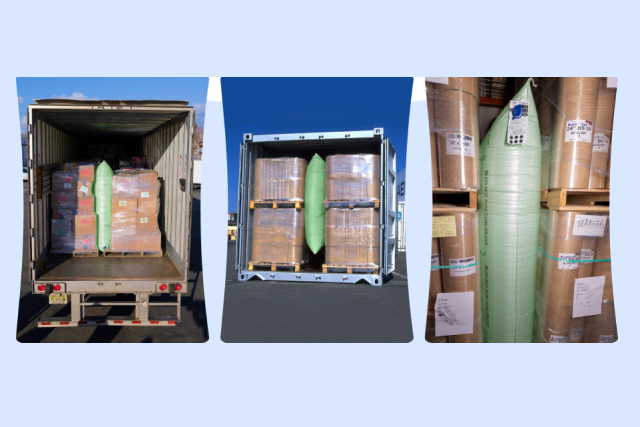
It is difficult to guarantee quality products at competitive prices in most industries. It is even more challenging to resolve product claims due to damage during transportation. Install dunnage air bag is quite easy and gives you peace of mind that your products will be transported to your customers safely.
Why do you need to ensure the safety of your goods when transporting products from the warehouse to the customer?
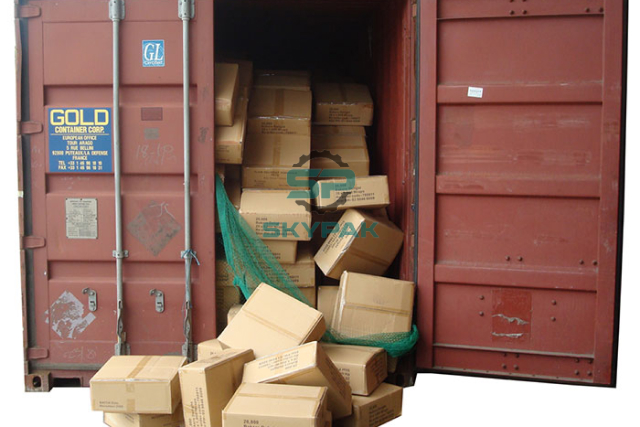
Imagine you are sitting on a bus. While the car moves, you feel your body pressed against the seat as the driver accelerates. After every bend or uphill, you feel your body move up, down, and side to side. Finally, when the car brakes suddenly, you are pulled forward in your seat. This creates impacts that can injure you, and your cargo behaves similarly in transit.
If you don’t secure your cargo, your cargo will move around in whatever means it’s packed in. A truck will accelerate, decelerate, and lean when turning. A rail shipment would have a similar movement. The same goes for shipments carried on ships, there will be swaying in rough seas.
By preventing/protecting your cargo, you both save your goods from damage and save the time and cost of claiming damaged goods. In particular, the installation of a container insert airbag is extremely useful while transporting high-value items.
Do’s and Don’ts when install dunnage air bag
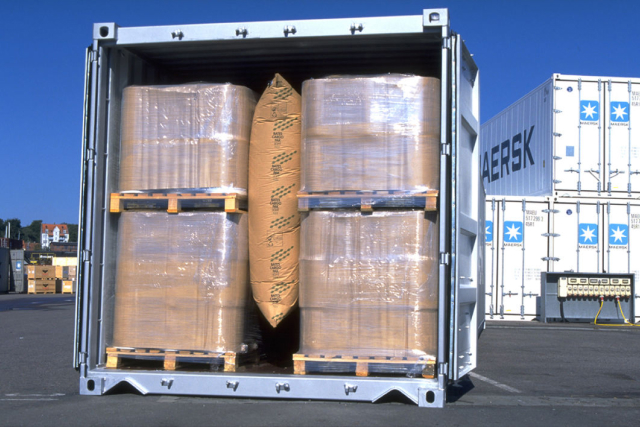
As in anything, if the duffle bag is not filled or handled properly, it will fail. Here are the basics of handling and installing container airbags you should keep in mind:
Things to do when installing container insert airbags:
- Check the airbag for the correct size and damage before filling it with air. Choose the right type and size to ensure that the airbag covers as much space as possible. Both reusable bags must be marked and thoroughly inspected.
- Depending on the type of cargo and the journey of transportation, evaluate whether to use reusable or new airbags.
- Make sure the insertion clearance is 1/3 of the width of the airbag.
- Make sure the bottom edge of the airbag is at least 2 inches above the floor to prevent moisture damage.
- Make sure the airbag does not come into contact with any sharp objects. Cardboard paper or suitable padding should be used on the sharp edges or sides of the bag to prevent the bag from breaking.
- Check the airbag pressure after inflated and make sure the air pressure does not exceed the specification.
- Check the airbag 20 minutes after filling to make sure there is no pressure drop.
- Make sure to use the correct pump head before inflating the airbag
Things not to do when installing the container insert airbag:
- Airbags should not be placed smaller than the space between packages
- Do not insert 2 airbags in the same space.
- Do not install a container duffle airbag in the rear door of the container.
- Do not fill the airbag without a spacer between the sharp edges of the cargo or the pallet.
In summary, dunnage airbags are suitable for a wide range of transportation applications, however, no matter how simple it may sound to install an airbag, it is imperative to assess the appropriate use of a duffle bag properly. with the goods and the shipping route or not.
Above are our shares on how to use container airbags. If you want to refer to the user manual, you can watch the specific video of SKYPAK here.











